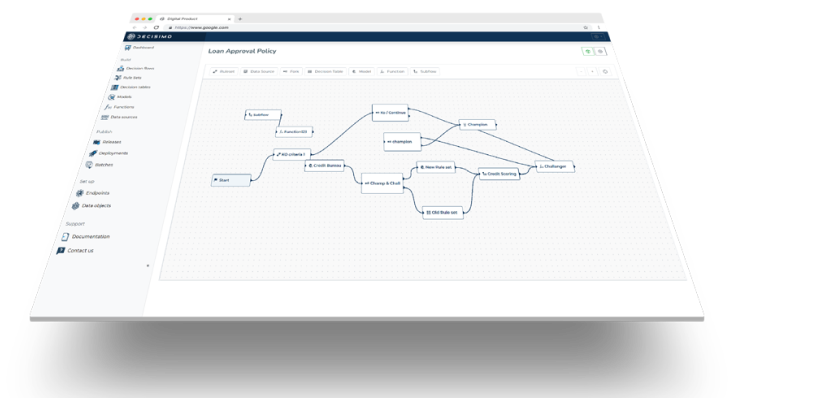WebGL Fingerprinting: Tracking Online Users Through Graphics Rendering- Decisimo
Published on: 2024-08-10 18:29:56
WebGL fingerprinting is another sophisticated method used for tracking users across the web. This article will explore how WebGL fingerprinting is performed, its value, how it fits into the broader device fingerprinting ecosystem, its limitations, and the means by which it can be spoofed.
What is WebGL Fingerprinting?
WebGL (Web Graphics Library) fingerprinting is a technique that utilizes the WebGL JavaScript API to render graphics in a user's web browser. The way these graphics are rendered can vary based on the user’s hardware and browser configurations, and these differences can be exploited to create a unique identifier or “fingerprint” for the device.
How is WebGL Fingerprinting Done?
- Accessing WebGL API: A script on the webpage accesses the WebGL API in the user’s browser.
- Rendering Graphics: The script uses WebGL to render complex 3D graphics.
- Extracting Rendering Data: Information about how the graphics were rendered is extracted. This might include data like the shading language version, the renderer, and the available extensions.
- Sending Data to the Server: The data is sent back to the server and used as an identifier for the user.
Value of WebGL Fingerprinting
WebGL fingerprinting is highly valued for several reasons:
- High Entropy: The rendering details can be so diverse that they offer a high level of uniqueness.
- Passive Tracking: Users are generally not aware that their devices are being fingerprinted.
- Resistance to Traditional Countermeasures: Unlike cookies, WebGL fingerprints cannot be cleared by traditional browser privacy settings.
Component for Fingerprinting
Similar to canvas fingerprinting, WebGL fingerprinting is usually not used in isolation but as a part of a larger device fingerprinting scheme. When combined with other signals such as HTTP headers, JavaScript properties, and screen resolution, WebGL fingerprinting contributes to creating a highly unique device fingerprint.
Limitations of WebGL Fingerprinting
- Browser Updates: As browsers update, the ways in which they render graphics can change, affecting the fingerprint.
- Performance Issues: On devices with poor graphics capabilities, WebGL fingerprinting can cause performance issues.
- Uniformity in Mobile Devices: Similar to canvas fingerprinting, WebGL fingerprinting can be less effective on mobile devices due to more standardized graphics rendering.
Spoofing WebGL Fingerprinting
There are several methods to mitigate or spoof WebGL fingerprinting:
- Using Browser Extensions: Extensions like NoScript can prevent the execution of scripts that access the WebGL API.
- Using a Privacy-Focused Browser: Browsers such as Tor are designed to resist fingerprinting, including WebGL fingerprinting.
- Modifying WebGL Rendering: Advanced users can modify the rendering settings of their graphics card to change the data that is sent back by the WebGL fingerprinting script.
Why is WebGL Fingerprinting Unique?
WebGL fingerprinting is unique because it exploits the complexities of 3D graphics rendering. Even slight variations in hardware or driver configurations can cause differences in rendering, which can be used to create a distinct fingerprint. Additionally, the WebGL API exposes a lot of hardware information that can be used to enhance the fingerprint.
Conclusion
WebGL fingerprinting is an advanced technique for tracking users online by exploiting the variations in 3D graphics rendering. Like canvas fingerprinting, it’s another reminder of the multitude of ways users can be tracked online. Being aware of these techniques and employing countermeasures is important for maintaining online privacy.
Published: 2023-04-26


